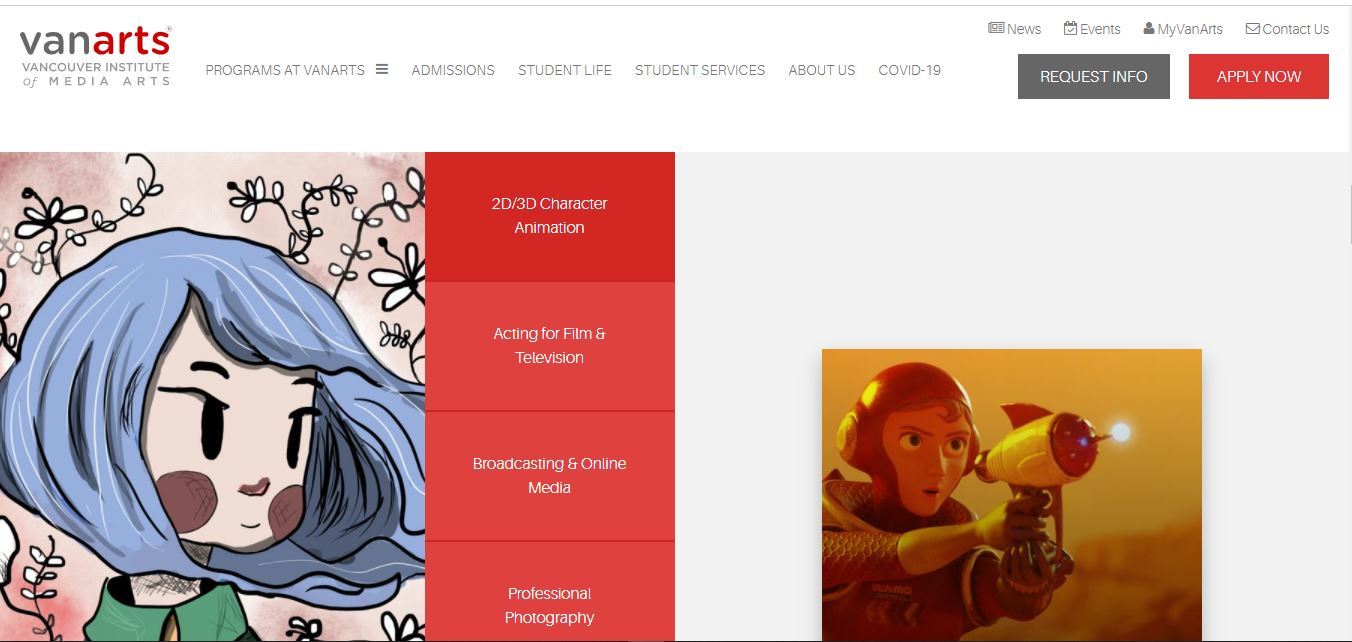Pirelli’s Business Objective: Grow the followers’ list in the USA
When Was The campaign Planned?
It was planned to do it during the launch of their newest product, the P Zero All Season Plus tire.
What was on Mind:
Pirelli sought to create something unique, interactive, and as premium as would be expected of the storied brand.
Brand Positioning:
To be known as Premium & talked Brand
Challenges & Roadblocks
- Trying to do something different than the most common search & display ads.
- The Goal was to give tailored engagement with the users
- To have a tailored engagement; the important thing was to know the Target market and have the direct conversation with them to get the deeper level and keep the tab on the media cost & spillage
What was done: Showcasing a Thrilling Ride
6S teamed up with New York-based creative agency Engine Digital to craft an immersive and interactive Pirelli experience. The “Highway Zero” campaign provides an exciting first-person ride–along through video segments filmed in California’s Marin County, Joshua Tree, and Lake Tahoe.
Engine Digital used the latest videography technology like Red cameras, aerial drones, and wheel-well-mounted GoPros to capture every thrilling turn.
What was there for User? Apart from thrilling ride?…
Users can virtually “ride-along” to discover the performance and grip of Pirelli tires. As a supplement, an integrated travelogue highlights roadside attractions and points of interest — to the user is truly experiencing the Californian pavement!
Best of all, viewers can enter to win their own California road trip in a Cadillac ATS with the all-new P Zero All Season Plus.
Great Campaign was the first Step, then Next was driving traffic to the successful delivery of a message.
To streamline the digital marketing strategy, the media plan was sliced into four components, each designed for optimal targeting and data collection.
Slice 1: Social Media
Social became a huge component of our campaign in terms of diversity and creativity in use. Facebook and Twitter were our focal points, and here’s a taste of how we used each:
Facebook: tested to find new audience segments, with our large array of ad sets allowing us to find who was responding to what creative and ad copy best. Ads started with over 25 unique ad sets, then were continuously tweaked and updated to reflect user engagement, campaign messaging, and new Pirelli activities during the campaign.
Twitter: At the start of our campaign, Pirelli was lacking a Twitter account – so we created one! (@PirelliUSA) We built their fan base to the 8,500 followers they have today, and coordinated Highway Zero promotions with organic, engaging content. To further establish Pirelli’s positive engagement, we developed the philanthropic #HealthierMan campaign. Pirelli encouraged their followers to use the hashtag and discuss how they’re living a healthy lifestyle. At the end of the campaign, Pirelli donated $10,000 to the Men’s Health Network.
Slice 2: Video Ad platforms
Pirelli provided us with extensive research on their target market, so we knew that video advertising was a great point of entry to connect with our audience as they watched relevant material. Our video strategy included:
- Running pre-roll ads on YouTube, with creative content to engage users to keep watching
- Using TubeMogul’s RTB technology to manage video advertising initiatives and gain brand metrics
- Performing granular user targeting on these channels through categories like geography, language, topics, and interests
Slice 3: Display Advertising
While Pirelli was already using display and search marketing, we sought out the best contextual targeting opportunities and used conversion optimizer tools to boost results. Some of our tactics included:
- RTB and programmatic buying
- Creating custom audiences to target in self-serve platforms such as Google AdWords and YouTube
- Targeting online publications and video channels
- Developing relationships with media partners, running their technology to find best audiences and placements
- Optimizing toward people most likely to find retailer locations or view tire specification pages
Slice 4: Key Opinion Leader Outreach
Lastly, we looked for key players in the automotive industry, and we contacted these trusted names to make Pirelli a part of their social presence. Their audiences were a key target market for Pirelli’s P Zero Ultra Season Plus tires. Our Key Opinion Leaders spread their support through:
- Sponsored posts on platforms such as Facebook and Instagram
- Full TV-quality Pirelli product reviews on YouTube
- Encouraging engagement between their fan base and Pirelli through replies, retweets, and links posted
Campaign Outcome Measurement KPI’s
- The Pirelli Highway Zero campaign received 173,000 visits to date, with 111,219 unique visitors overall
- Video media delivered over 1 million impressions, with an average cost per view of just $0.04
- Display media drove over 24,000 visits to the Highway Zero website
- Total Twitter engagements reached almost 40,000, with an engagement rate of 0.83%
- Pirelli’s #HealthierMan hashtag was tweeted 2,153 times and delivered 24 million impressions
- Facebook paid media gained over 90,000 engagements, with a CTR of 1%
- Social influencer content received nearly 8,000 engagements on non-Pirelli channels
This case study has been taken from 6smarketing. for educational purposes CIRCUIT DE BARCELONA-CATALUNYA, SPAIN – MAY 15: Sebastian Vettel, Ferrari SF71H during the Barcelona May testing at Circuit de Barcelona-Catalunya on May 15, 2018, in Circuit de Barcelona-Catalunya, Spain.
















